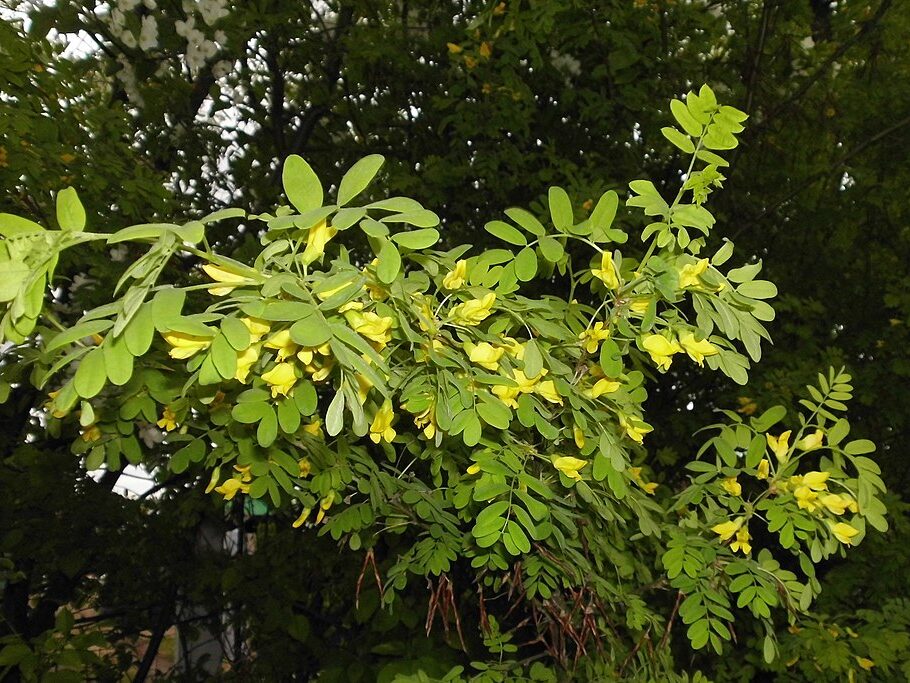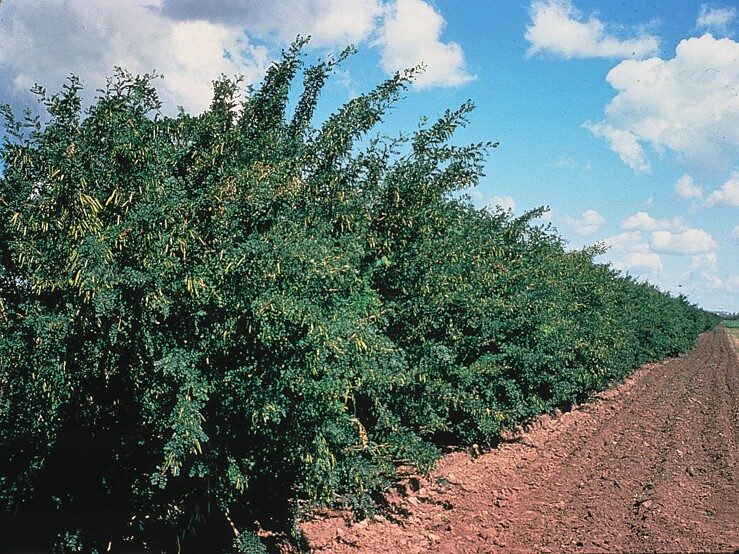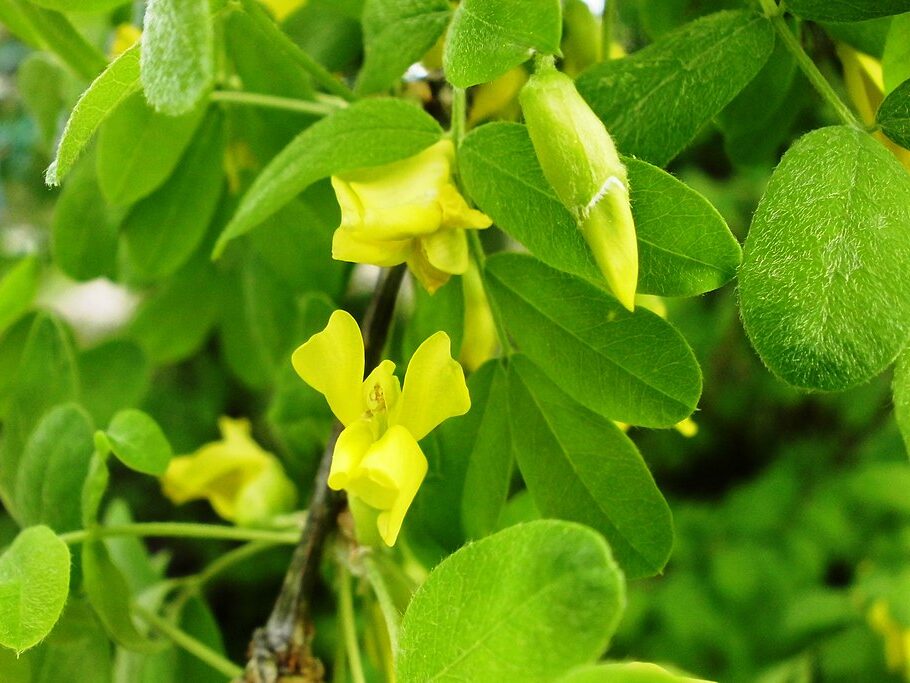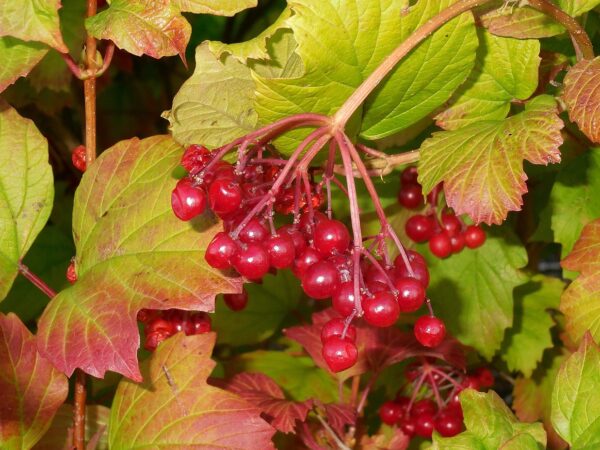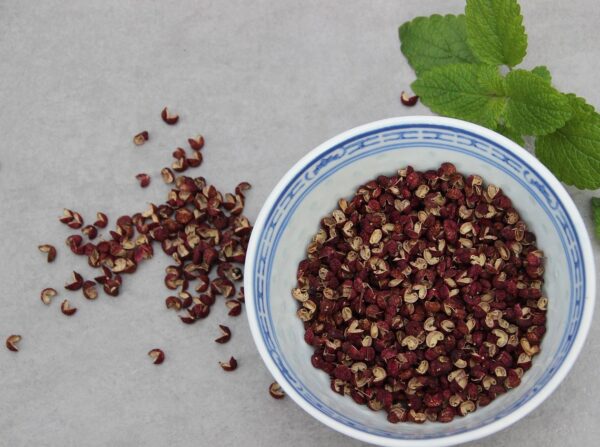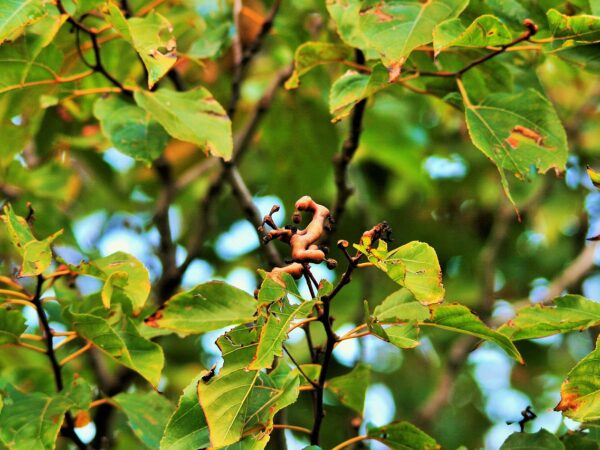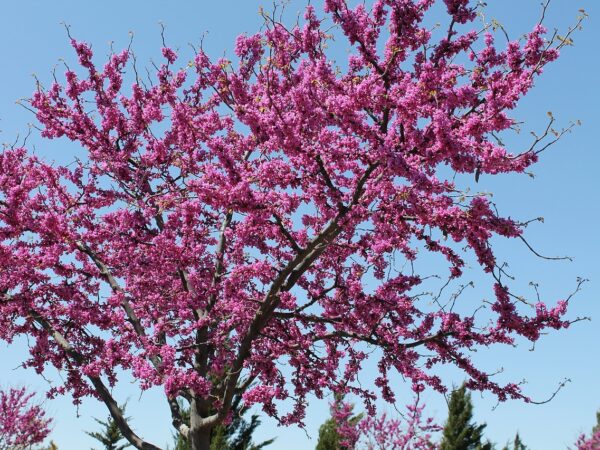Your cart is currently empty!
Additional Info
Siberian Pea Shrub: From Flower to Harvest:
Cold stratifying seeds using the paper towel method:
Studies:
Description
If you learn nothing else about me after visiting this site, the one thing you should know is that I’ll grow every tree and shrub I can get my hands on that produces edible pulses. Again, I’ll blame laziness permaculture sensibilities, but why put in any effort to grow something that my shelter belt/support species could do for me?
Sure, the pulses are small, but they’re also easy to harvest, and either eat as a snow pea or they take the same amount of cooking as any dried bean – which is well worth it if I never again have to spend hours shelling broad beans only to find I’ve only shelled two meals worth of side dishes. Instead, all I have to do is harvest the drying seed pod, put them in a bucket and wait. When they finish drying out, they’ll pop open and eject the seeds. It doesn’t hurt to give the bucket an occasional shake to speed the process, and to check seed pods for any hangers on while winnowing.
Lovely plants with the delicate appearance common to leguminous trees and shrubs, fast growers and nitrogen fixers, good for chop ‘n drop. Great for a hedge, or as a support species.
And, again, did I mention it’s a shrub that allows you to free up some space in the veggie garden?
The technical bits –
Caragana reaches 3-5 metres tall, forming a dense, shrubby form. It tolerates drought, wind, and extreme cold (down to -40°C), and prefers full sun and free-draining soils. Well suited to the South Island and colder or inland parts of the North. It coppices readily and responds well to pruning, making it useful in hedgerows or as part of a managed firewood or fodder rotation.
Germination and Cold Stratification:
Seeds have a hard coat. Nick them with a blade or pour just-boiled water over them and soak 12–24 hours. Then stratify at 1-5°C for 6-8 weeks. Sow into warm soil (18-25°C). Germination typically takes 1-3 weeks.
